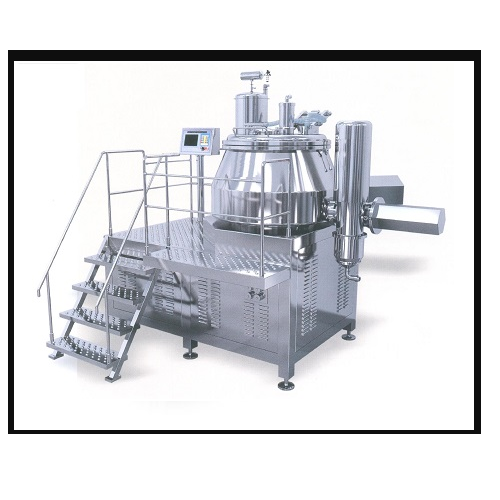A ball mill is a type of grinder that is typically used to grind materials into extremely fine powders. The cylindrical shell of a ball mill is filled with big cylindrical pellets of some substance. The internal cascading effect of these balls and the material being ground within generates a fine powder when the shell is spun around its axis. Many industrial ball mills can grind materials such as coal, pigments, pyrotechnics, and other materials indefinitely. However, excessive heat can be generated as a result of the internal friction created by this grinding process, lowering the quality of the material inside.
Why Is It Important to Reduce Heat?
Excessive heat can have several negative effects on production.
When it comes to the ball mill, excessive heat can considerably impair the machine’s output capabilities. The heat puts additional, unneeded strain on the components of the apparatus, reducing their lifespan and potentially jeopardising the safety of your equipment and people.
A hot ball mill can affect your ability to store, pack, transport, and use milled goods, depending on the exact material you’re working with. Ball mills, for example, are frequently used to make cement aggregate. If the cement is made in a hot ball mill, it might pose problems during construction, such as cracking and other product integrity issues.
How to Avoid Extremely High Ball Mill Grinder Temperatures?
There are a few options, though some are favoured by industry experts.
Strengthening the grinder’s internal and external airflow is one option. Ventilation systems can absorb up to 20% of the total heat discharged by the ball mill. Improving the ventilation system allows more cool air to enter the ball mill, lowering the inside temperature gradually.
Ball mills, on the other hand, have a significant advantage in terms of product fineness. As a result, many ball mill grinders’ ventilation systems are limited by that fineness. Air vents should be the same size as the little material you’re trying to make.
System resistance, airlocks, and other air leaks exacerbate the problem of effective ventilation. As a result, for many applications, this form of ball mill cooling is impractical.
Most mineral processing plants will face this difficulty due to low grinding efficiency, which results in reduced processing volume, increased production energy consumption, and unstable product fineness.
Here are some tips for processing:
- Change the degree of raw ore grinding
The degree of difficulty in ore grinding is determined by the hardness, toughness, discolouration, and structural faults of the raw ore. If the grinding degree is low, the ore is easier to ground, mill liner and steel ball wear is reduced, and the energy consumption is reduced; on the other hand, the converse is true. The mill’s productivity is directly influenced by the nature of the raw ore.
One method is to use chemicals during the grinding process to improve the grinding effect and efficacy.
Another technique is to alter the ore’s grinding capability, for example, by heating the minerals, which changes the mechanical properties of the entire ore, lowering hardness, and so on.
- Crushing rather than grinding, which reduces the grain size of the in-grinding
To achieve the specified fineness of grinding, the workload of the ball mill must increase, followed by energy consumption and power consumption.
- Appropriate filling rate
The bigger the filling rate in a ball mill, the more steel balls impact the material, the larger the grinding area, the stronger the grinding effect, but the power consumption is also larger. When the filling rate is too high, it is easy to modify the moving state of the steel ball, which reduces the impact effect on large particles. The grinding function, on the other hand, will be excessively weak if the filling rate is too low.
- Steel ball size and reasonable matching ratio
If the ball is too large in diameter of the steel ball, the ore is touched by the ore inside the ball mill and then the grinding force is too large also, the material is broken in the direction of penetration rather than the different mineral crystal interface that has a weak binding strength rupture.
- Precisely control the steel ball
The grinding effect between steel ball and ore causes steel ball wear under grinding, it causes changes in the ratio of steel balls of various sizes, which influences the grinding process and causes changes in the fineness of grinding products, a reasonable steel ball replenishment system can keep production stable.
Ball mills are designed to improve quality and efficiency in a variety of applications. Promas Engineers is one of the top-rated ball mill manufacturers in India.




